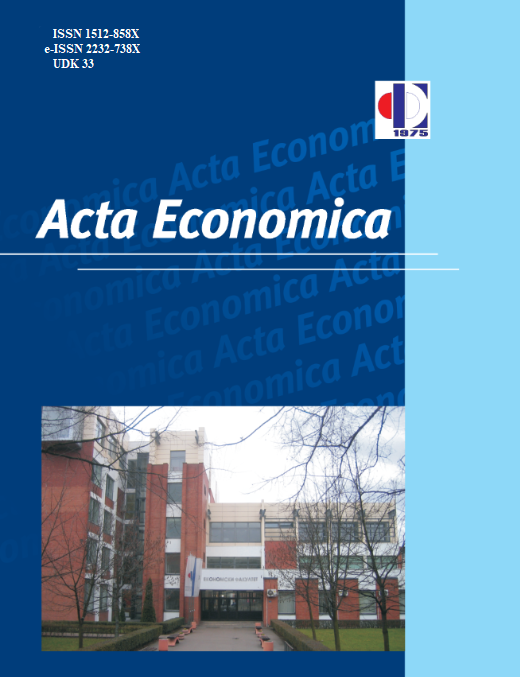CERTAIN MANIFESTATION FORMS AND PROVING MONEY LAUNDERING IN THE EMERGING MARKET
DOI:
https://doi.org/10.7251/ACE2032175GAbstract
Money laundering, in its almost 90-year-long history, has attracted the attention of the scientific, professional, but also the general public. Throughout the entire period, the manifestations of this criminal phenomenon, its typology, etiological factors, etc., have changed, but the essence has remained the same: the transformation of illegally acquired money into legal financial flows. Emerging markets are particularly burdened, which is the subject of this paper: identifying, monitoring and proving the process of money laundering with the aim to reduce it in developing countries. In addition, what can be observed in these markets is that money laundering operations are mainly related to those activities where most of the payments are made in cash. Their specificity, that is, the basic motive for execution, is not just a profit, but the aspiration to introduce “dirty” money into legal flows. The aim of this paper is to use the method of description to explain and describe scientifically the money laundering process and to combat this phenomenon with a focus on the characteristics of the money laundering process. In addition, the paper describes the models and weaknesses of this process, while at the same time it respects the standards and specifics of business operations in emerging markets. The result of the paper is that it provides an overview of money laundering in the 21st century in small and open economies, including proposals to prevent and combat this negative phenomenon.

